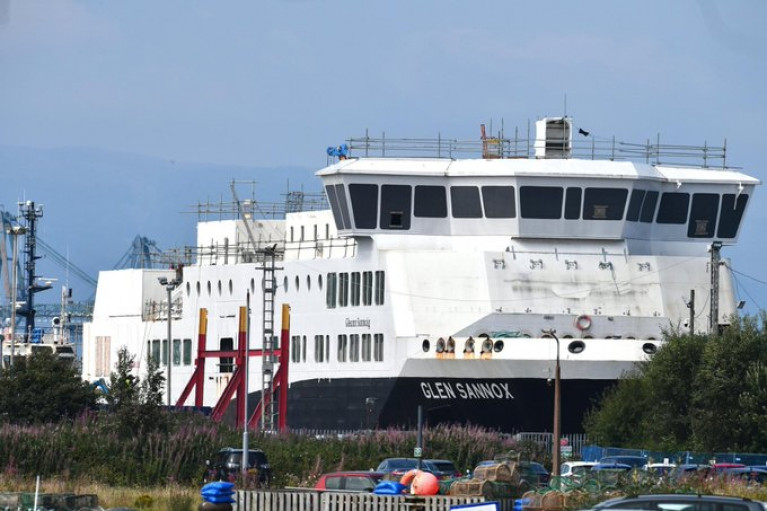Scottish Ministers have lost a case at the Court of Session brought by HCC International Insurance over money paid to Scottish Government-owned ferries owner Caledonian Maritime Assets Limited (Cmal).
In 2015, Cmal ordered two ferries for CalMac to be built by Ferguson’s Port Glasgow shipyard, but major delays and cost overruns led to the firm going into administration and being taken over by the Scottish Government.
The first newbuild Glen Sannox is not now expected to start operating on the main (Ardrossan-Brodick) Isle of Arran route (see related story) until summer 2022 – more than three years late.
As The Scotsman writes the unnamed sister vessel is due to enter service early in 2023 on the Skye-Harris-North Uist routes.
Their combined cost has increased from £97m to £192.8m- £196.8m.
More on the story here.


























































